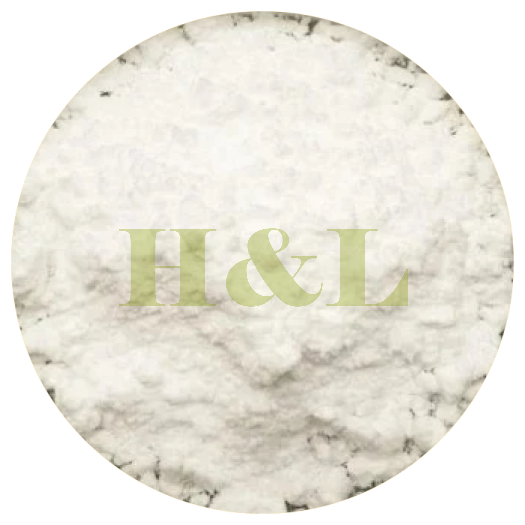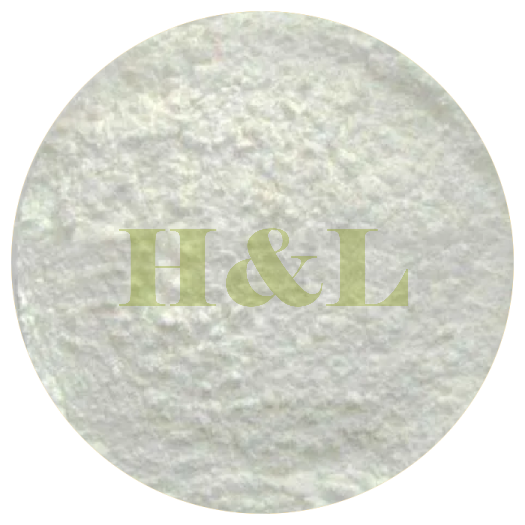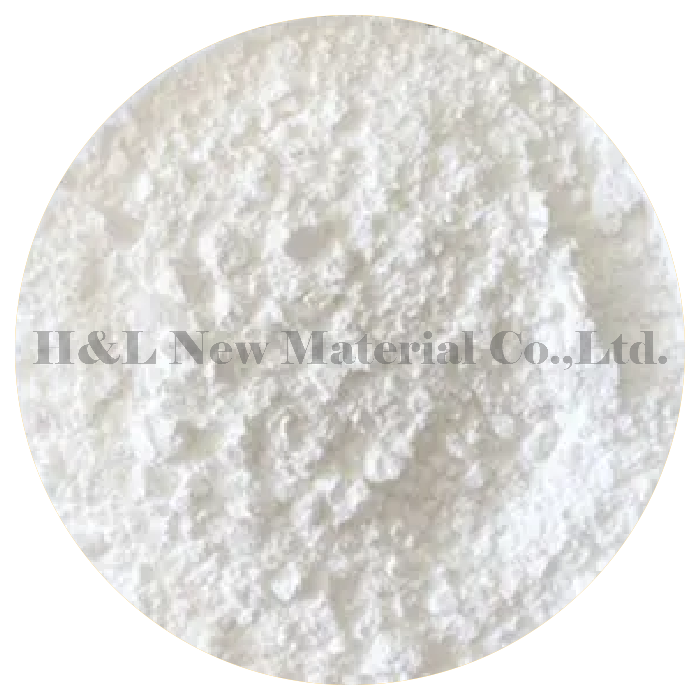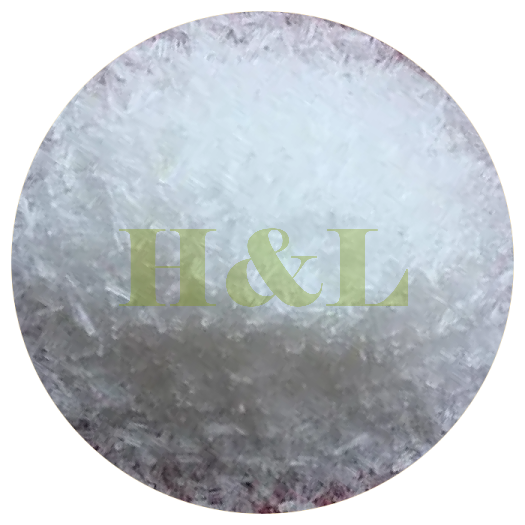Clotrimazole is an antifungal medication commonly used to treat various fungal infections. Here are its primary uses:
1. **Skin Infections**: Clotrimazole is often used topically to treat skin infections caused by fungi, such as athlete's foot (tinea pedis), jock itch (tinea cruris), and ringworm (tinea corporis).
2. **Vaginal Infections**: It is also used in the form of creams or suppositories to treat vulvovaginal candidiasis (yeast infections).
3. **Oral Infections**: Clotrimazole can be used as a lozenge to treat oral thrush (oropharyngeal candidiasis), especially in immunocompromised individuals.
4. **Nail Infections**: Topical formulations may be used to treat fungal nail infections (onychomycosis), though oral antifungal medications are typically more effective for severe cases.
### Mechanism of Action
Clotrimazole works by inhibiting the synthesis of ergosterol, a crucial component of fungal cell membranes, leading to cell death and inhibiting the growth of the fungus.
### Side Effects
Common side effects may include:
- Skin irritation or redness (when used topically)
- Nausea or stomach upset (when taken orally)
- Allergic reactions in some individuals
### Administration
- **Topical Creams or Solutions**: Applied directly to the affected area, usually once or twice daily for several weeks.
- **Vaginal Creams or Tablets**: Inserted into the vagina, often for a duration of 1 to 7 days, depending on the formulation.
- **Lozenges**: Dissolved in the mouth as directed, typically several times a day for oral infections.
### Precautions
- It's essential to follow the prescribed dosage and duration to ensure the complete eradication of the infection.
- Patients should consult a healthcare provider if symptoms do not improve after a few days of treatment or if they experience severe side effects.
Always consult with a healthcare professional for a proper diagnosis and treatment plan tailored to individual needs.




 Guarantee safe
Guarantee safe 






